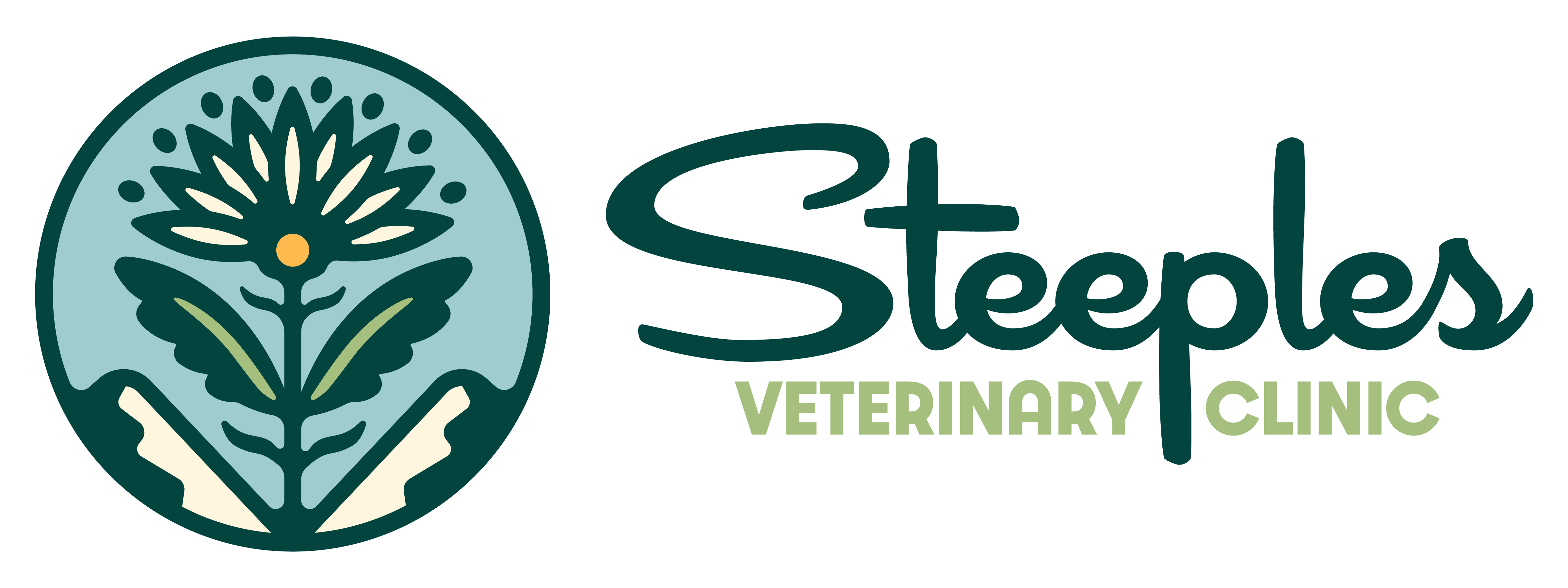
They say to write about what you know-
“Come on”, you say, “there’s nothing wrong with my dog, and my cat is glowing with good health!”
Yes. Maybe. But you know already that cat years and dog years are different than people years. We pets age much faster! Our lives are short. Our bodies make up for the time crunch and do a lot of aging and changing in a relatively short period of time.
Cats are notorious for hiding health issues until they can no longer be hidden. We’re too busy playing with the water drips and lazing in the sun: no way are we going to admit to being under the weather! The same goes with birds and rabbits. No wimpy whiners there. If we animals seem sick, we are sick.
Veterinarians have been trained to look for hidden problems, to seek them out, to know what is hiding and lurking beneath the surface. The best and only way for them to do this is to do a physical exam on your pet, also known as an annual wellness exam.
An annual physical exam allows the vet to assess how things are going at different stages of your dog or cat’s life. The doctor will discuss concerns and answer any questions you may have about diet, exercise, dental care, behavioural problems, and vaccinations.
After the talking, they start using the other four senses to check that all body systems are within normal limits.
A good place to start is with vital signs: the temperature, pulse or heart rate, and respiratory rate. These should all be normal.
Then the doctor will check all the parts of the body.
The nose: Looking for abnormal discharge or swelling.
The eyes: Looking into the eyes and around them for internal eye problems, discharges, abnormal colour, redness, and lumps on the lids.
The mouth: (this is a big one!) The doctor looks inside at the tongue and roof of the mouth, but most importantly at the gums and teeth. Do you know that 85% of pets have some form of dental disease? Gingivitis, periodontitis, broken teeth, BAD breath. I see this all the time! Sometimes you may not have even thought to look into your dog’s mouth to see what’s going on in there.
The ears: Itchy, smelly, red? Painful or causing head shaking? Ear infections are also pretty common.
The lymph nodes: there are many of these all over the body. Some at the neck, shoulders and hind legs are palpated.
No, it’s not a massage! Even though sometimes it seems your dog is just getting a good rub down, a big part of the physical exam includes palpation. This just means feeling for lumps, swellings, pain, hard areas that shouldn’t be hard and soft areas that shouldn’t be soft. The sense of touch is very important. It’s a real hands-on exam!
The abdomen, chest and muscles will also be palpated, checking for abnormal masses or pain.
The heart: The doctor will listen to the dog or cat’s heart with a stethoscope. They are listening for the rate (not too fast, not too slow), and for rhythm or abnormal sounds, like heart murmur, for instance.
The lungs: Using the stethoscope as eel, the vet is listening of congestion and abnormal sounds.
The coat, skin, overall body condition are assessed. We want a shiny coat and not flaky, dry, itchy skin. We don’t want any parasites! And of course we don’t want to be too, ahem … fat and not too thin either.
The back, legs, and tail: The veterinarian is checking for pain, swelling, lumps, signs of arthritis, and any abnormalities in movement.
Are vaccinations needed?
The veterinarian will recommend vaccinations based on your pet’s age, species, lifestyle, and what sort of diseases exist around this area.
 What do you think?
What do you think?
You might not realize how important this regular physical check-up is to your pet’s health. I walk around this veterinary hospital and I see and hear a lot. The veterinarians commonly find signs of disease, and when found early, something can be done: more diagnostic tests might be needed and then medical treatment or surgery can be done in a timely fashion.
That’s what I know about the annual wellness exam and why I know it is one of the most important things you can do. I want to live a long, healthy and happy life. I know that’s what you want for your dog or cat as well!
That’s my first blog. I am very excited! Whew.
PS. What’s a nine-letter word for BAD BREATH? See you next week!

